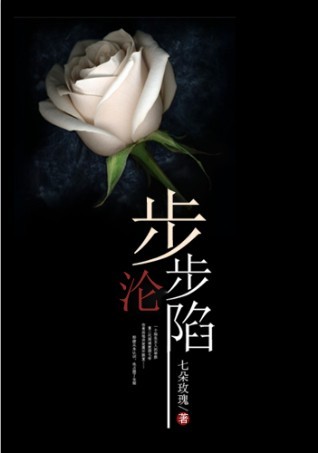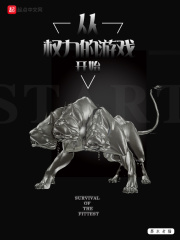
"Many" is a commonly used word in English that indicates a large quantity or number of something. When we want to compare the quantity or number of something, we use the comparative form of adjectives. The comparative form of "many" is "more."For example, if we say "There are many people in the room," we can compare this by saying "There are more people in the other room." This indicates that there is a larger quantity of people in the other room compared to the first room.We can also use "many" in a comparative sense when talking about specific quantities. For example, we can say "I have many friends," and then compare this by saying "She has more friends than I do." This shows that the other person has a larger number of friends compared to the speaker.Another way to use the comparative form of "many" is by adding "than" after the comparative form. For example, "There are more books on the shelf than on the table." This indicates that there is a larger quantity of books on the shelf compared to the table.Additionally, we can also use the superlative form of "many" when comparing three or more things. The superlative form of "many" is "most." For example, "Out of all my friends, she has the most friends." This indicates that she has the largest number of friends compared to all the speaker's friends.In conclusion, the comparative form of "many" is "more," and the superlative form is "most." These forms are used to compare quantities or numbers of something in English. By using these forms correctly, we can effectively communicate the differences in quantity or number between different things.











